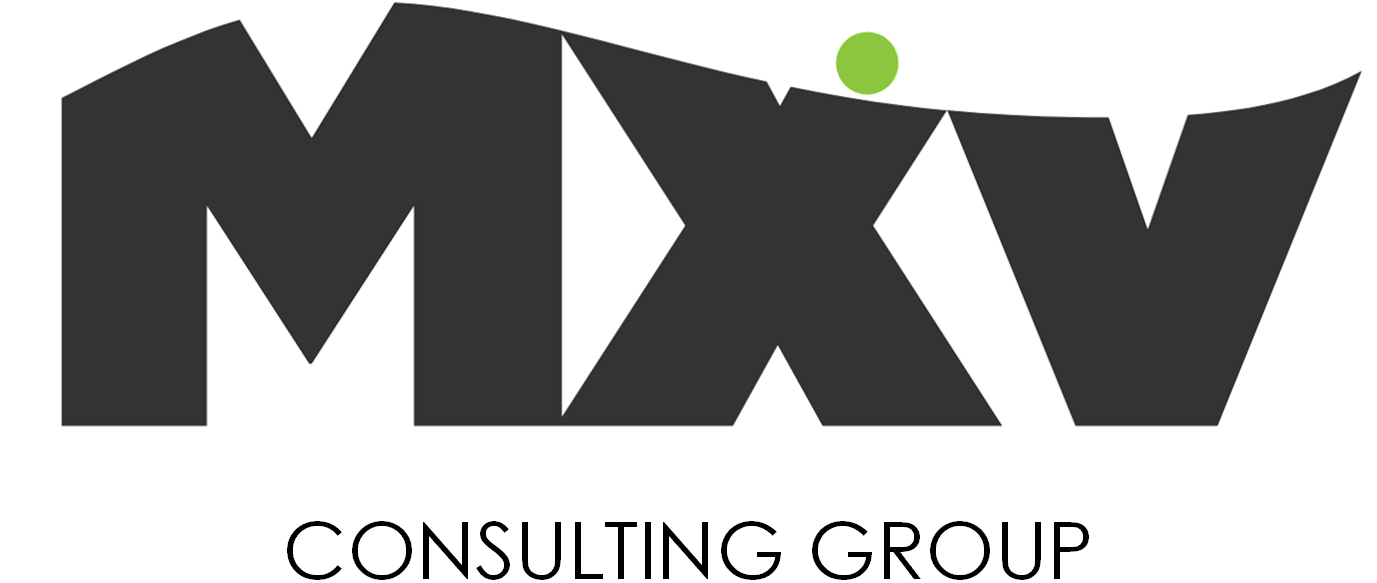Despite many reasons to invest in the U.S., international companies exploring new operations in the U.S. should consider the country’s unique legal system and its impact upon the company’s contractual, risk management, and operational decisions. While many foreign investors have heard about Americans’ propensity to litigate, few understand that this aspect of the U.S. legal system hardly reflects the extensive gap between the U.S. structure and the legal system throughout most of the globe.

Differences and Risks in the Legal System
Unlike much of the globe, which adhers to civil law, the U.S. follows the British common law system. The map above depicts the few countries that practice common law rather than civil or other forms of law. A primary distinction between the two legal systems is the amount of codified laws.
Whereas civil law jurisdictions contain an extensive body of safeguards and protections, common law systems contain a limited number of laws, and in the context of contract disputes, common law relies primarily upon the terms of the parties’ negotiated contracts. A judge or jury evaluates U.S. lawsuits, their legal arguments, and related facts to render a judgment. Written judgments (also known as rulings) form the basis of common law and the primary structure of the U.S. legal system. Due to the level of uncertainty and inherent ambiguity resulting from a system that develops law from a series of cases and court rulings, the ability to conduct operations in compliance with the law can be challenging despite the best intentions. This inherent ambiguity, coupled with the litigious nature of the U.S., can expose businesses to much greater risks than they would face in civil law jurisdictions with codified laws that are less open to interpretation. For instance, in 1994, McDonald’s was required to pay $2.7 million to a customer who spilled hot coffee on herself because the customer alleged that McDonald’s should have provided more warnings concerning the risks associated with the hot coffee. Despite lacking a law or regulation requiring increased warnings, McDonald’s was held liable. Accordingly, foreign companies must ensure the safety of their operations and products irrespective of a specific directive. While the U.S. requires safe operations, its laws and regulations may need more specificity.
Chances and Pitfalls in U.S. Law
The unique nature of the U.S. legal system extends to all aspects of a company’s operations, including its compliance with U.S. regulatory obligations.
For instance, the concept of RAGAGEP (Recognized and Generally Accepted Good Engineering Practices) is a critical component of the Occupational Safety and Health Administration (OSHA) safety requirements.
Although OSHA requires adherence to RAGAGEP, such compliance is more complex than many would prefer. For instance, unlike other jurisdictions, OSHA will not inspect a company’s operations and declare that such operations are “OSHA compliant.” The agency’s rationale is that each workplace contains a unique set of hazards, and the operator (rather than a system of pre-established codes) is best equipped to understand its specific risks and, therefore, should ensure workplace safety. OSHA, thus, provides companies with substantial latitude to conduct their operations. However, a common axion of RAGAGEP states that companies should take appropriate measures to avoid being “the odd person out” (i.e., while OSHA may permit companies to operate in a myriad of ways, one should recognize the risks of failing to adhere to established industry norms).
Accordingly, companies with substantial operations throughout the globe should exercise caution if (i) such operations have been limited to civil law jurisdictions or (ii) the company now desires to operate in the U.S. or another country whose legal system is based on common law. The U.S. can provide substantial opportunities, but familiarity with U.S. laws, regulations, and local practices is essential to establishing a safe and lawful workplace.
——————————————————————————
This is a joint article authored by Helge Nestler together with Brian Eftink and Jeffrey Maddux of Chambliss.
The information provided in this article does not, and is not, intended to constitute legal advice; rather, the information is provided for general informational purposes only. Readers of this article should contact their attorney to obtain legal advice with respect to their specific facts and circumstances.
© 2023 Helge Nestler and Chambliss, Bahner & Stophel, P.C. All Rights Reserved.

